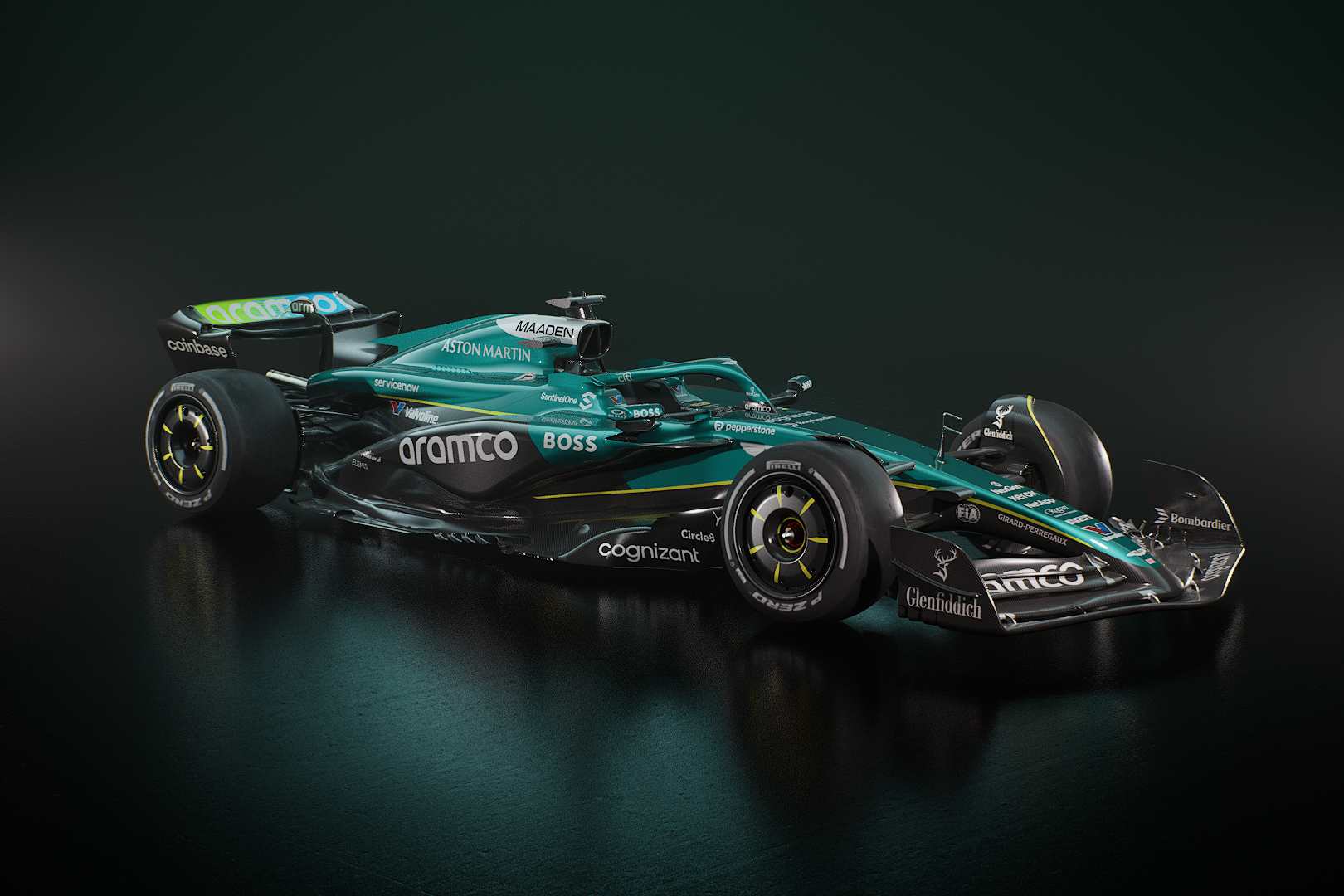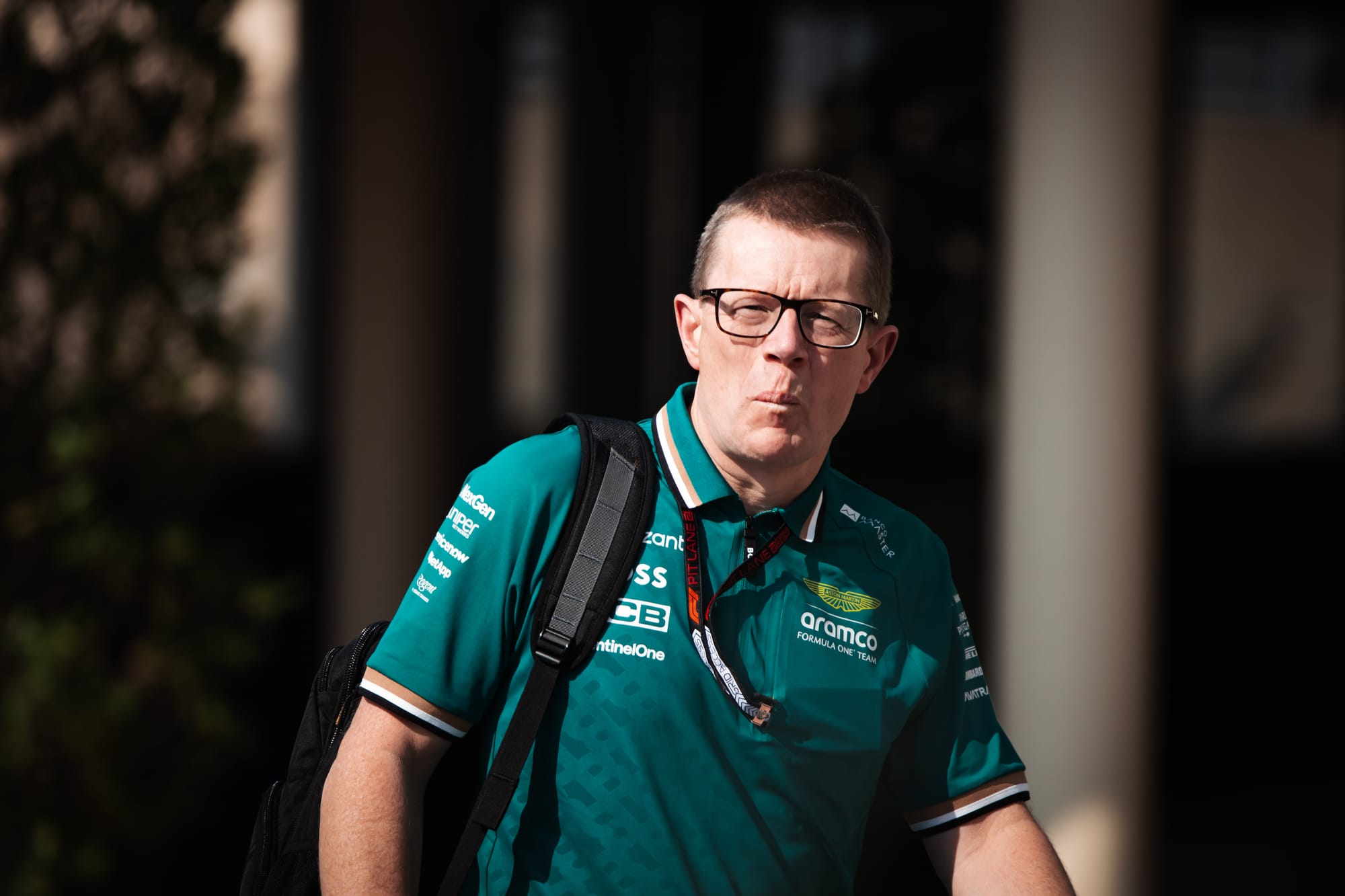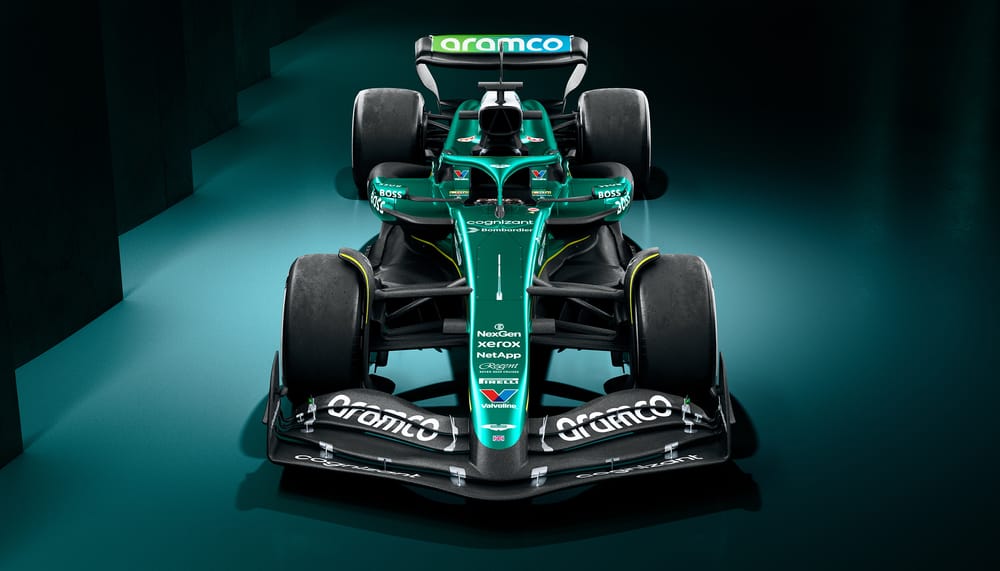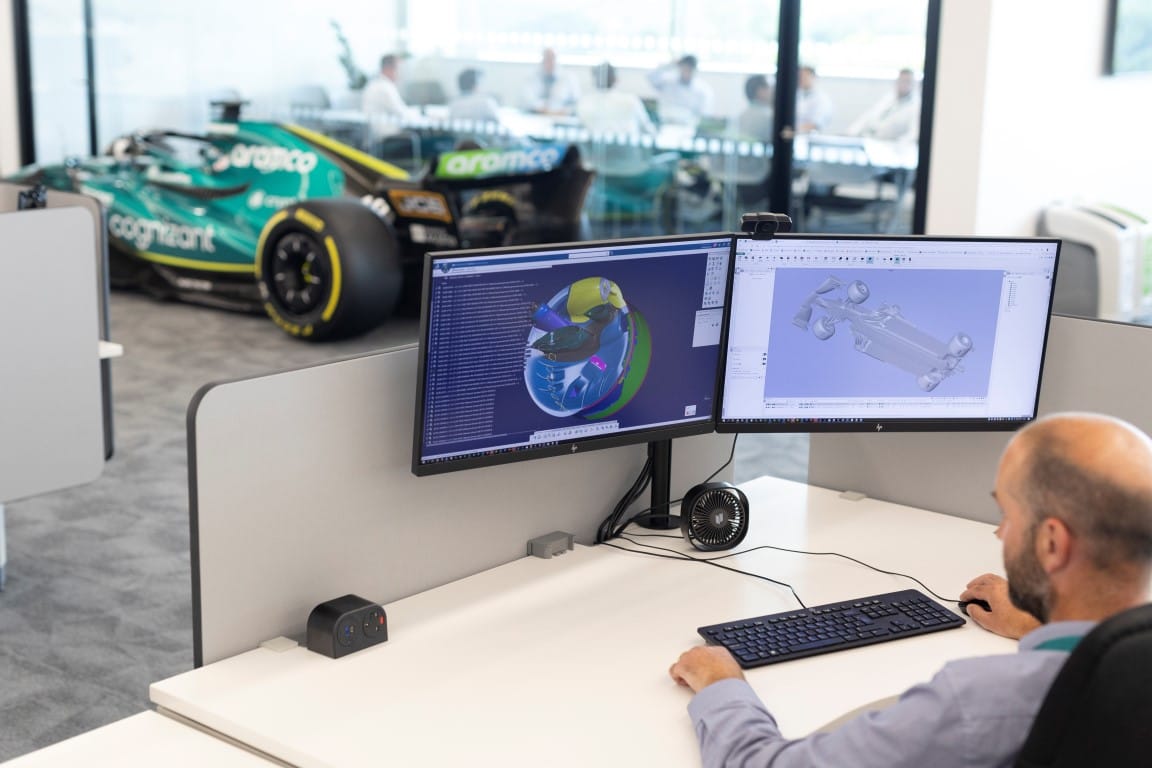The contrast between the sky-high expectations for Aston Martin in 2026 and this year's modest hopes couldn't be more stark. While next season presents a golden opportunity, 2025 is no inconsequential free hit - as it will measure the team's capacity to deliver on its lofty aspirations next year.
Aston Martin hasn't fallen into the trap of marking time in 2025. Team principal Andy Cowell describes the AMR25 as being "close-on 100% new aerodynamically" with the objective to "create a car that is more stable through corners, is more predictable to drive through the race".
Its predecessors became too peaky, the consequence of too rigid a focus on chasing downforce numbers while neglecting the characteristics required to make the theoretical performance accessible consistently.
It's unlikely the 2025 car will win races on merit, but that's not the point. Tangible progress this year, with a car that responds well to upgrades, is a crucial step in validating the science, processes and tools that also underpin 2026 work.
Want access to exclusive bonus F1 content this pre-season? Join The Race Members' Club on Patreon today and get 90% off your first month
In effect, while none of the parts carry over into next year, the team that produces them will. And if Aston Martin has the same problems in 2025 as last year and the second half of 2023, it would indicate a failure to get to the bottom of the true causes.
The 2025 car is effectively a laboratory for proving the team.
"You're absolutely right, 2025 is important," said Cowell when asked by The Race about the importance of this year's car in testing the team's readiness to make a step next year.
"The car that we first race in Melbourne, the updates through the year, are going to show whether we've managed to stitch together the creativity, computer simulation, windtunnel measurements, driver-in-loop simulator, and then make full-size parts that when the stopwatch stops, it says, 'Yes, the car's gone quicker'.

"It's important that we get to the point that our toolset works well together; quality levels are high, correlation is good between the three aerodynamic worlds and having confidence in those tools ahead of going racing in 2026."
Inevitably, the arrival of Adrian Newey at the start of March is a key moment for Aston Martin, with new chief technical officer Enrico Cardile to follow.
Newey's said "my concentration will clearly be on 2026", to which he added that "no doubt, Lawrence [Stroll, team chairman] will want me to be a little bit involved in the 2025 car". He's questioned how much he can contribute, but you can be certain that if there are limitations in the methodology used, he will implement fixes.
And much has changed at Aston Martin with the arrival of the new technical leadership, and Cowell.
This is all about becoming less bogged down by bureaucracy and boosting creativity. Cowell has been crucial in this, as while Newey's role as managing technical partner gives him oversight of the structure, he is not the one to implement it. This year's car should be considered a product of the first version of the vastly expanded outfit re-optimised for its size and facilities.
"The organisation changes we made were really to make the existing organisation more efficient," said Cowell.

"Flatter organisations are naturally more efficient. There's less reporting lines, communication is quicker, [there] tends to be fewer reports written, fewer meetings, and so progress is made quicker.
"I guess some of that was with a view to Adrian coming, but most of it was just to improve the efficiency of our business. Adrian begins the first Monday in March, so a couple of weeks away. Everybody on site is excited at the thought of working with him.
"The way we work together will be talked about that day. When he arrives, there is a new office that's large enough for a drawing board to go in, so that's in place.
"We're just excited to have Adrian on board to work on the creativity of our race cars, to work on our methods, the tools that we use, and how are we all going to lift our quality standards to the point that we make the fastest race car every year. That's our objective.
"Last year, 248 new people joined Aston Martin Formula 1 team, and it's those people and all the existing people that together, working as a team, will create this great race car. Individuals like Adrian have got a great insight into the total car, but it's all of us working together that will deliver a great car."
The stopwatch is the ultimate measure of success in F1. The Aston Martin AMR25 doesn't need to win races for 2025 to confirm the team is on course, but it must work as anticipated, respond well to upgrades and validate the processes used in its genesis and evolution.
If that is the case, its rivals should take the threat of Aston Martin next year very seriously.




